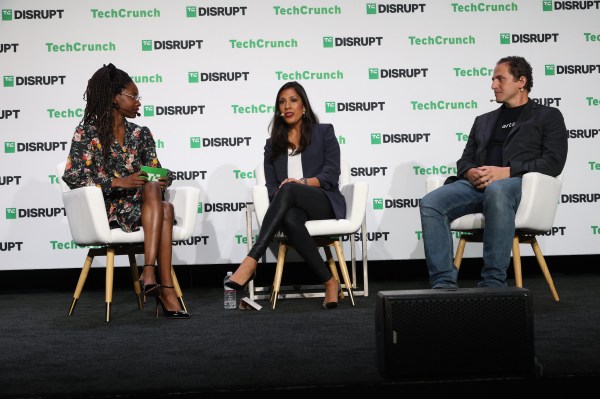Bootstrapping, or funding your own company, has long been the first route many founders take when they set out on their entrepreneurial journey. But it’s not a decision that they have any say in. Often, sources of capital only flow to those with the networks and the opportunity to get warm introductions to investors, so for most of history, bootstrapping has been what has fueled many businesses started by people without access to those networks.
But of late, investors across the board have gotten much pickier about who and what they invest in, which has sort of evened out the played field. Network or no, startup founders are increasingly having to figure out sources of financing that’s not venture capital.
In turn, this difficult climate has helped diminish the stigma of bootstrapping, and companies that were once considered to be lesser than their venture-backed counterparts are no longer viewed as such. Indeed, figuring out your own financing is a skill that’s prized now much more than it has been in recent years.
Erica Jain, the founder of Healthie, and Hussein Yahfoufi, of Arta Finance, talked about the newfound attention on bootstrapping at TechCrunch Disrupt 2023 and shared advice on the best ways companies can go about doing so.
“Bootstrapping isn’t necessarily an all-or-nothing [endeavor],” Jain said. “It’s about thinking through the long term and being in control about how you think about the capital journey of your business.”
Jain, who raised a pre-seed round and went five years before looking for additional funding, said those years were critical, because it let the company scale at its own pace and prioritize profitability.
Yahfoufi added that a common misconception about bootstrapping is that a founder doesn’t have any funding at all. He, for example, had angel investors.
He also shared a script for those looking for angel investors or trying to raise friends-and-family rounds: “This is what I’m building. This is why I’m building it. Here’s the problem that I’m seeing out there. Here’s why I’m going to solve this problem.” He pointed out that there are many other sources of funding, such as nondilutive grants from the government.
To control burn rate, Jain, who was a student when she launched Healthie, used a grant to keep her company alive for the first few months. Yahfoufi, meanwhile, sought to look for resources he could use for free, such as the AWS startup program, which let him use AWS for free. He also hired engineers outside of the U.S. for a cheap hourly rate.
Jain also stressed the importance of doing due diligence on investors when a company’s grown enough that it is time to seek venture funding. “This is a long-term relationship with an individual or a fund or a group of investors that you want to make sure you are getting to know very genuinely,” she said. She recommends doing back-channel references, talking to other founders, and not being afraid to ask an investor what one might feel are the “really hard questions.”
To wrap up, the founders shared some of their financial failures. Jain said Healthie wasted most of its seed money on Google and Facebook ads. Yahfoufi spent much time as a product builder, tinkering with service features, fixing little bugs, and ultimately launching his product later than he intended. “So just launch,” he told the audience. “Do it and you’ll be good.”
